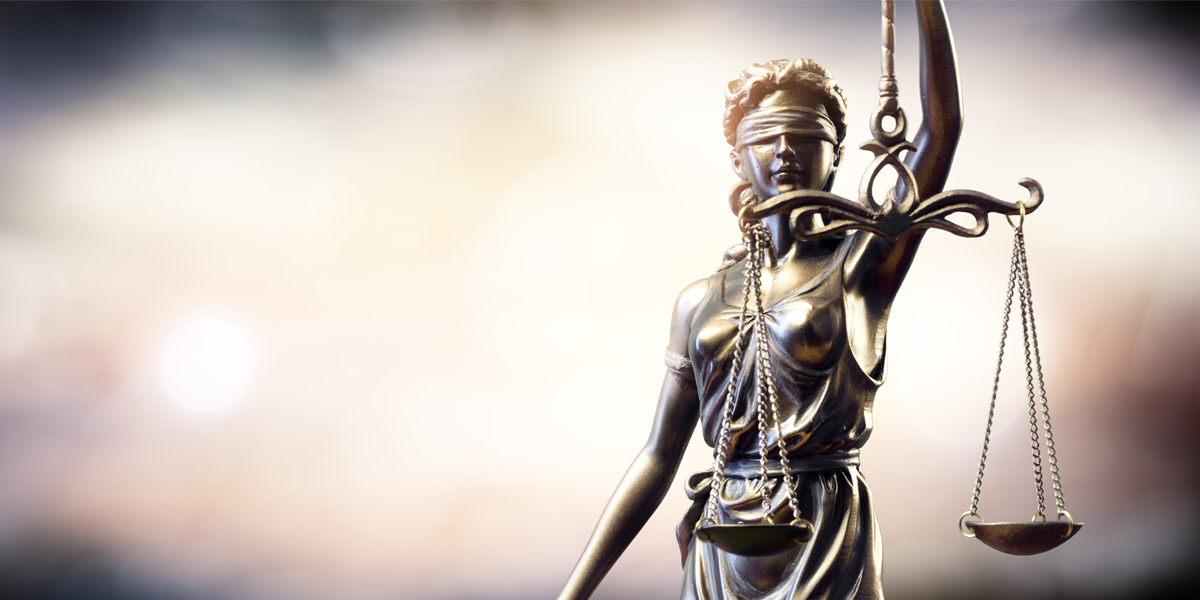The Pillars of Justice: Unveiling the Rule of Legislation

The Essence of Legal Governance
At the core of a just and orderly society lies the rule of legislation, an intricate web that weaves through the fabric of governance. This exploration aims to dissect the multifaceted dimensions of this fundamental principle, unraveling its complexities, and shedding light on its indispensable role in upholding justice and maintaining social harmony.
1. Legislative Foundations: Crafting the Blueprint of Society
The rule of legislation begins with the legislative branch, where the term “statutory law” encompasses the laws enacted by the legislative body. These laws serve as the blueprint, delineating the rights, duties, and responsibilities of individuals within the societal framework.
Legislators, in their pursuit of justice, navigate the nuances of legal language and principles, ensuring that statutes align with constitutional frameworks and ethical standards.
2. Judicial Interpretation: The Artistry of Legal Adjudication
Within the rule of legislation, the judiciary emerges as a crucial protagonist, engaging in the artistry of legal interpretation. The term “judicial review” embodies the power of courts to assess the constitutionality of laws, ensuring their alignment with the overarching principles of justice.
Judges, as legal artisans, navigate through legal precedents, applying the rule of legislation to intricate cases, sculpting decisions that echo through the corridors of legal history.
3. Executive Compliance: Navigating Legal Boundaries
Executives, as custodians of governance, operate within the boundaries set by the rule of legislation. The term “executive orders” signifies the directives issued by heads of state, designed to enforce and implement statutory laws. These orders, while wielding authority, are subject to legal scrutiny, ensuring compliance with the broader legal framework.
Administrative agencies, within the executive realm, become meticulous guardians of the rule of legislation, overseeing its application in various facets of societal regulation.
4. Checks and Balances: Synchronizing Legal Forces
Embedded within the rule of legislation is the intricate dance of checks and balances, where the three branches of government harmonize their powers. The term “separation of powers” encapsulates the deliberate division of authority, preventing the concentration of power in a single entity.
This delicate equilibrium ensures that no branch oversteps its constitutional boundaries, safeguarding against the erosion of justice and the principles that underpin the rule of legislation.
Conclusion: Pillars of Legal Integrity
As we unravel the rule of legislation, it becomes apparent that this principle is not a mere legal doctrine but the very essence that breathes life into the pillars of legal integrity. From legislative foundations and judicial interpretation to executive compliance and the orchestration of checks and balances, the rule of legislation stands as the stalwart guardian of justice.
In a world where legal intricacies abound, the rule of legislation remains the compass that guides societies toward fairness, equity, and the noble pursuit of a just and orderly coexistence.
For further insights into the rule of legislation, visit Cornell Law School – Rule of Law.
